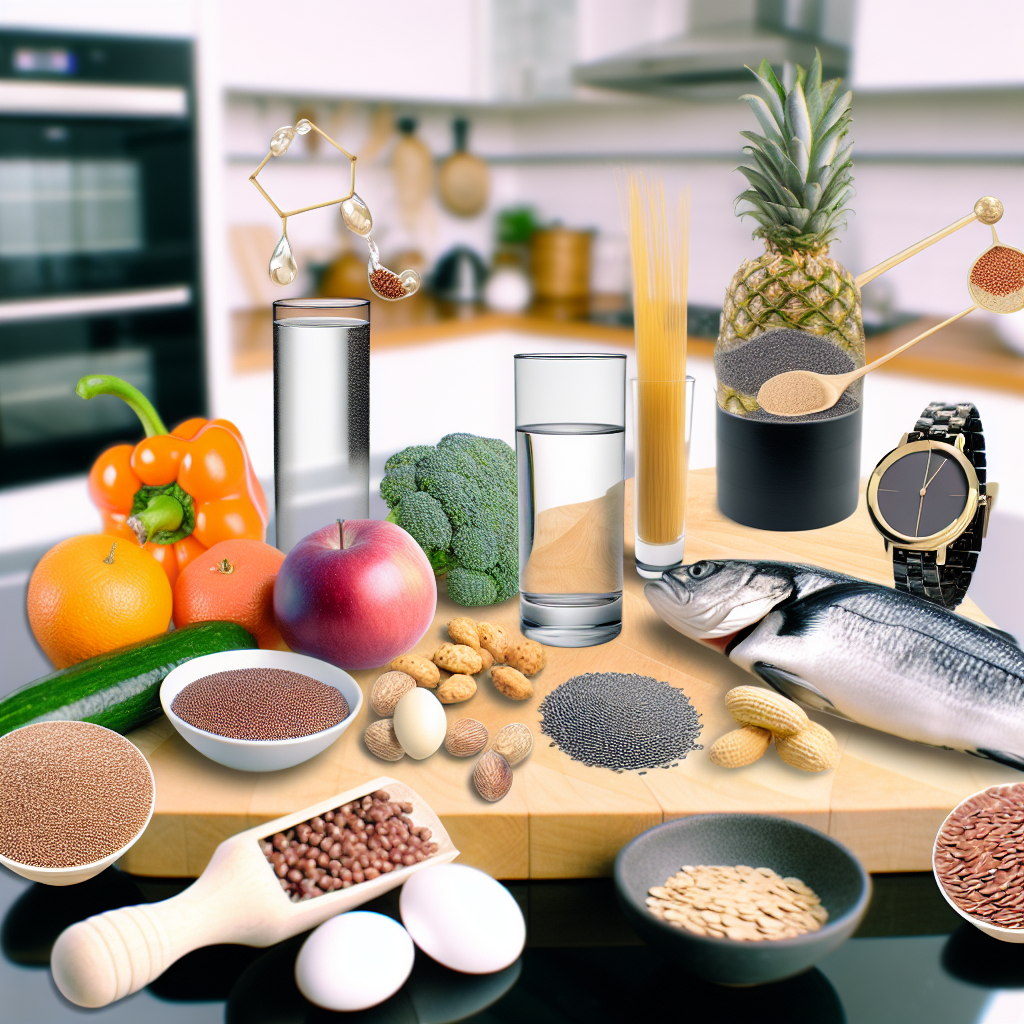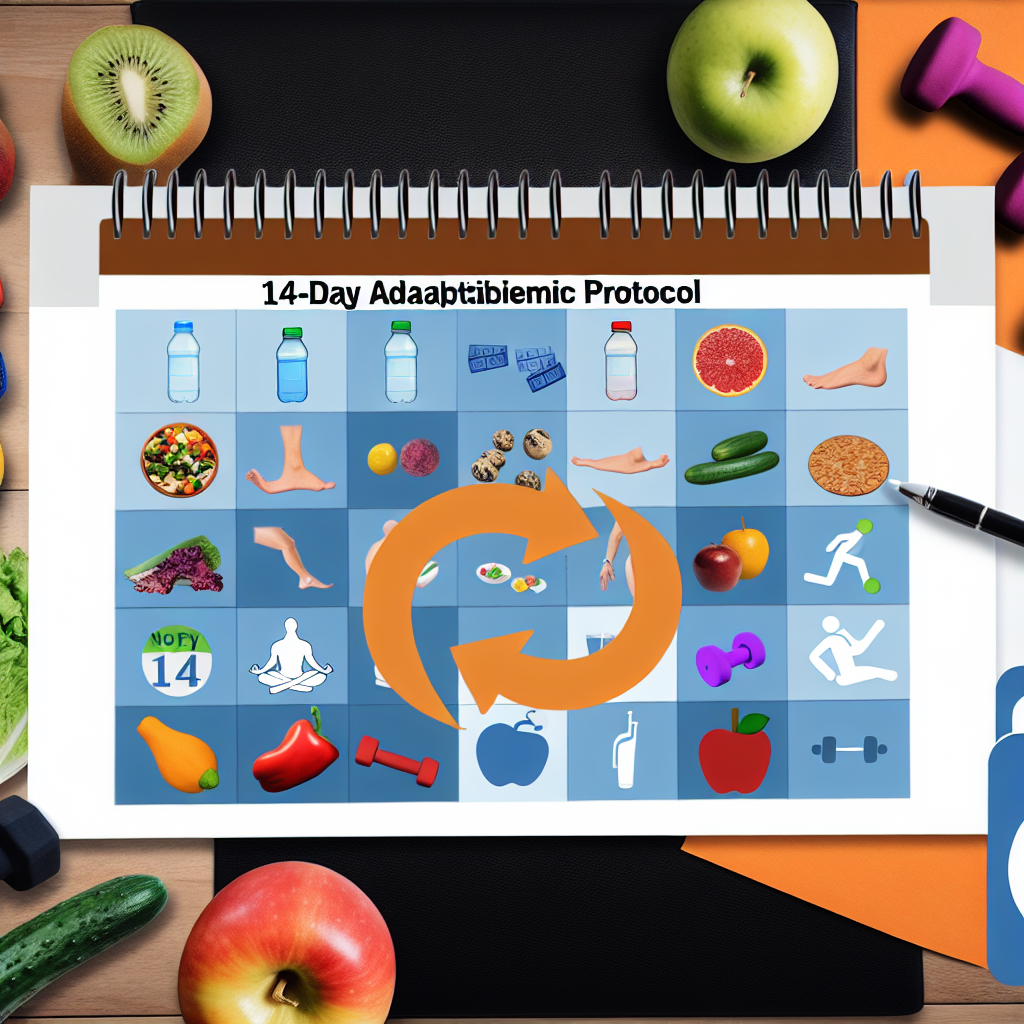Low-Histamine Protocol – Mast Cell Activation Diet
Introduction
If you’re among the many individuals suffering from unexplained skin rashes, headaches, digestive issues, or sudden allergic reactions, you might be dealing with a condition known as Mast Cell Activation Syndrome (MCAS). Recent studies have revealed a connection between MCAS and histamine intolerance—a situation in which the body reacts negatively to excessive levels of histamine. Histamine is a chemical involved in immune responses and regulation of physiological functions like digestion, blood pressure, and wakefulness.
In individuals with MCAS, the body’s mast cells—immune cells that normally protect against pathogens—become overactive, releasing histamine in response to common triggers like certain foods, stress, or environmental factors. This leads to a range of systemic symptoms including inflammation, itching, migraines, gastrointestinal distress, and even cardiovascular issues.
Managing MCAS effectively goes beyond standard allergy medications. A holistic strategy incorporating a low-histamine diet, natural supplements, and alternative therapies can help significantly reduce symptoms. Implementing diet and lifestyle changes aims to reduce the body’s histamine load, giving the immune system a chance to rebalance and recover.
A core component of this approach is reducing dietary histamine through the elimination of high-histamine and histamine-releasing foods. Foods that undergo fermentation, aging, or improper storage tend to have higher histamine levels, so food freshness becomes crucial. The goal is not a short-term cleanse, but a long-term dietary pattern aimed at reducing systemic inflammation and mast cell activation.
Additionally, natural remedies such as homeopathy, herbal supplements, and micronutrient therapy can stabilize mast cells and improve immune regulation. Substances like quercetin, Vitamin C, and bromelain have been shown to reduce histamine responses and enhance enzyme activity involved in histamine breakdown.
Increased public awareness and medical research have made the Low-Histamine Protocol more accessible and better understood. This article presents the scientific backing, practical guidelines, and complementary therapies associated with this effective and empowering lifestyle strategy.
Scientific and Professional Studies Supporting the Low-Histamine Protocol
Growing research supports the role of a low-histamine lifestyle in managing symptoms of histamine intolerance and Mast Cell Activation Syndrome (MCAS). These conditions are marked by dysfunction in mast cells, which results in excessive histamine release and chronic inflammation.
A study in the Journal of the American College of Nutrition (2015) found that individuals deficient in diamine oxidase (DAO), the enzyme responsible for breaking down histamine in the gut, experienced adverse reactions to foods even with moderate histamine content. This reinforces the importance of dietary modifications to manage the body’s histamine burden.
In another pivotal study from Inflammation Research (2009), the flavonoid quercetin was found to inhibit mast cell degranulation — the process by which mast cells release inflammatory compounds like histamine. Quercetin not only stabilized mast cells but also resulted in a measurable reduction in systemic inflammation. Dietary sources of quercetin include onions, apples, and kale, or it can be taken as a supplement.
According to findings published in the International Journal of Immunopathology and Pharmacology (2013), Vitamin C helps prevent histamine release and increases its breakdown. Supplementation has been associated with lower blood histamine levels in individuals experiencing chronic allergies or MCAS.
Natural herbs also show promise. For instance, stinging nettle (Urtica dioica) has displayed antihistamine properties—blocking histamine receptors and reducing inflammation. Herbs like nettle can be used in the form of teas, tinctures, or supplements to support immune function and reduce flares.
Finally, homeopathy is being explored as an adjunct therapy. Remedies such as Histaminum hydrochloricum (prepared from histamine itself) and Apis mellifica (derived from honeybee venom) are used by trained practitioners to address inflammation and desensitize allergic pathways. While large-scale trials are limited, data from case reports and clinical documentation suggest benefit when used alongside dietary changes.
Conclusion
Facing a diagnosis like Mast Cell Activation Syndrome or histamine intolerance can initially be confusing and stressful. However, understanding how to modulate your histamine response through simple yet effective strategies offers hope and empowerment.
The Low-Histamine Protocol is a comprehensive, science-backed approach that incorporates clean eating, targeted supplementation, and safe, natural remedies. Reducing intake of high-histamine foods, supporting enzymatic function, and calming the body’s immune system can lead to substantial improvements in wellbeing.
This protocol also calls for better food awareness and promotes mindful preparation—buying fresh, avoiding fermentation, and steering clear of processed or aged products that spike histamine levels. It encourages users to tune into their body’s signals and gradually adopt lifestyle changes that sustain balance.
More than just a diet, the protocol reflects a shift towards integrative health—using traditional wisdom and modern science to manage chronic conditions. With proper guidance from qualified professionals, patients can customize this strategy to meet their individual needs, resulting in improved health and vitality.
References
– Maintz, L., & Novak, N. (2007). Histamine and histamine intolerance. The American Journal of Clinical Nutrition
– Comas-Basté, O., et al. (2020). Histamine intolerance: The current state of the art. Journal of Allergy and Clinical Immunology
– Manzotti, G., et al. (2016). Serum diamine oxidase activity in patients with histamine intolerance. International Journal of Immunopathology and Pharmacology
– Middleton, E., et al. (2000). The effects of plant flavonoids on mammalian cells. Pharmacological Reviews
– Prousky, J. (2008). The treatment of histamine intolerance with vitamin C and DAO. Journal of Orthomolecular Medicine
– Randhawa, P. K., & Singh, K. (2017). A review of chemical and biological properties of quercetin. International Journal of Pharmacological and Pharmaceutical Sciences
Concise Summary
The Low-Histamine Protocol provides an integrative approach to managing Mast Cell Activation Syndrome (MCAS) and histamine intolerance. This lifestyle plan emphasizes reducing histamine-rich food intake, improving enzyme function, and supporting immune balance using natural therapies like quercetin, Vitamin C, and herbal remedies such as stinging nettle. Supported by scientific studies and therapeutic evidence, this approach promotes long-term wellness by regulating mast cell activity and reducing inflammation. Bridging diet with homeopathy and supplementation, the protocol empowers individuals seeking alternatives to pharmaceutical solutions. Adopting a fresh, low-histamine diet can be life-changing for people struggling with chronic histamine-related symptoms.

Dominic E. is a passionate filmmaker navigating the exciting intersection of art and science. By day, he delves into the complexities of the human body as a full-time medical writer, meticulously translating intricate medical concepts into accessible and engaging narratives. By night, he explores the boundless realm of cinematic storytelling, crafting narratives that evoke emotion and challenge perspectives.
Film Student and Full-time Medical Writer for ContentVendor.com




